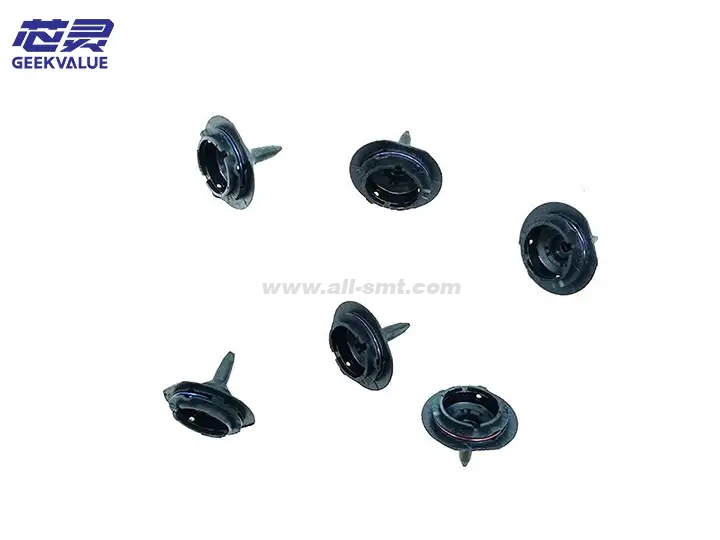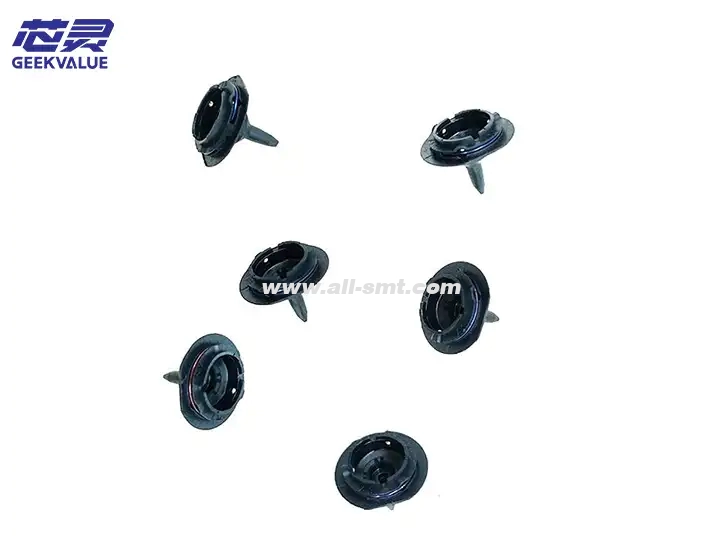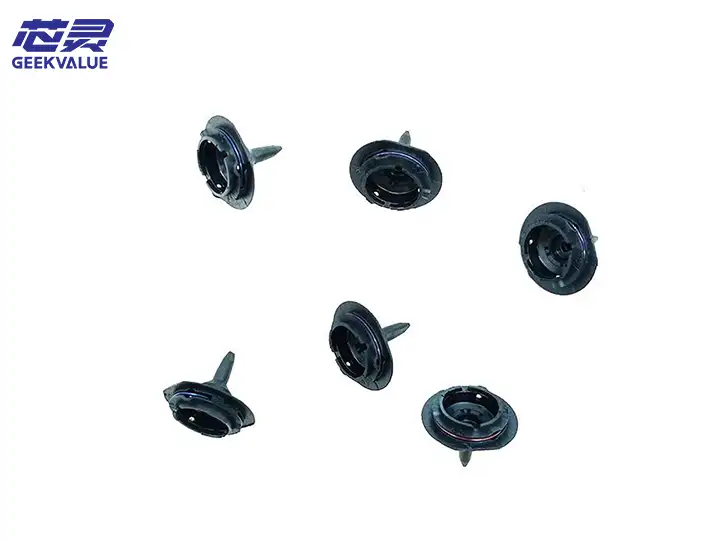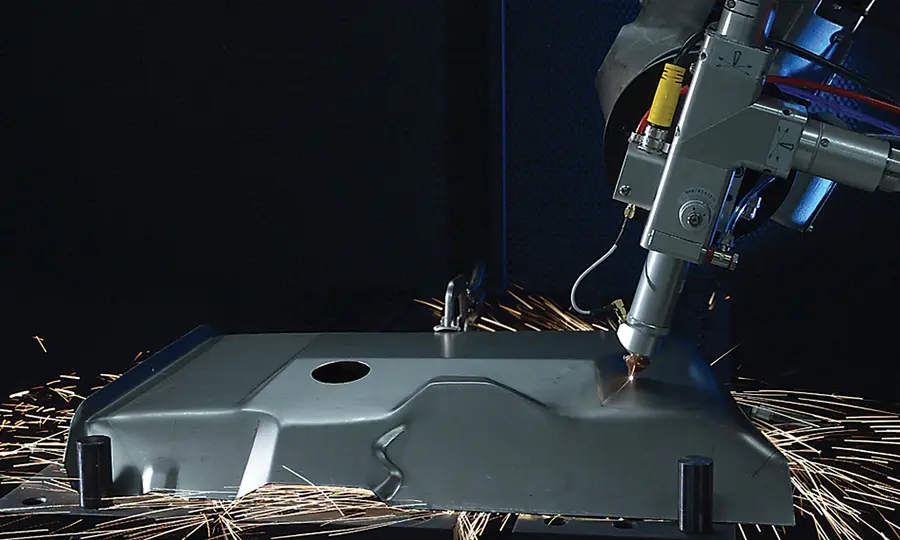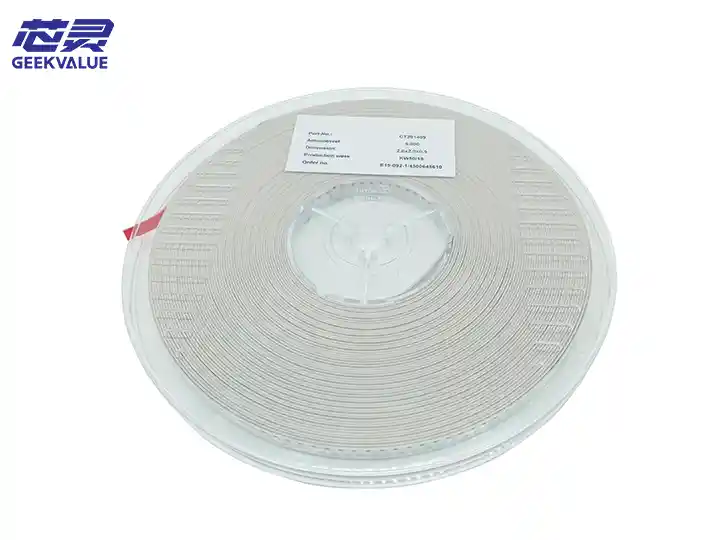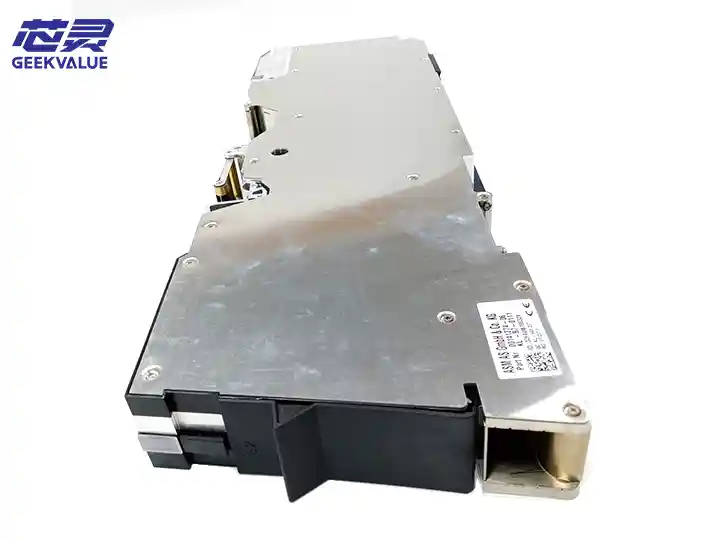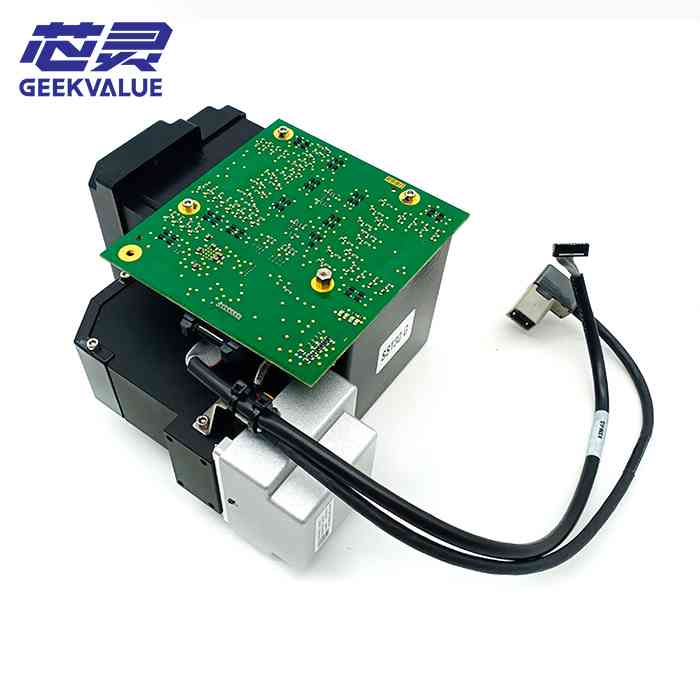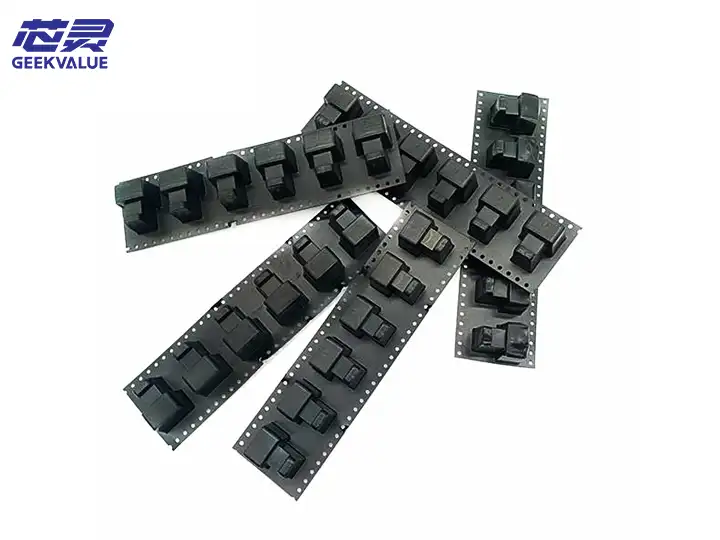ASM SMT machine 4103 nozzle comprehensive analysis
1. 4103 nozzle material
ASM (formerly SIPLACE) 4103 nozzle is usually made of the following materials:
Main structure:
High hardness stainless steel (such as SUS303/SUS304) → Wear-resistant and corrosion-resistant, suitable for long-term high-speed operation.
Some models may use ceramic (Al₂O₃) or tungsten steel → Used in high-precision, anti-static applications.
Nozzle tip (the part that contacts the component):
Polyurethane (PU) or Teflon (PTFE) → Prevents scratches on the component surface and reduces the impact of static electricity.
Carbon fiber reinforced plastic (CFRP) → Lightweight and highly rigid, suitable for high-speed placement.
2. 4103 nozzle function and role
(1) Core function
Accurately pick up components: vacuum adsorbs small SMD components such as 0201, 0402, 0603 (such as resistors, capacitors, inductors).
Stable placement: Ensure that components are placed on the PCB pads without offset or tombstoning.
Compatible with a variety of components: Suitable for chip components of different sizes (0201~1206), small-size LEDs, SOT-23, etc.
(2) Special design advantages
Anti-static design (ESD Safe): Reduces damage to sensitive components (such as ICs and LEDs) caused by static electricity.
Wear-resistant coating: Extends service life and reduces pickup failures caused by wear.
Standardized interface: Quickly compatible with ASM/SIPLACE placement heads (such as CP12 and CP20).
3. Precautions for use
(1) Installation and replacement
Special nozzle clamping tools must be used to avoid damage caused by manual forced installation.
Check the matching of the nozzle model: The 4103 nozzle is suitable for specific component sizes. Misuse will result in poor pickup.
Vacuum test is required after installation: Ensure there is no leakage (alcohol spray can be used to check whether the airflow is stable).
(2) Daily operation
Avoid collision: The tip of the nozzle is fragile and collision may cause deformation or breakage.
Regular cleaning:
Blockage treatment: Use an ultrasonic cleaner (alcohol + deionized water) to remove residual solder paste or flux.
Surface cleaning: Wipe with a dust-free cloth to prevent dust from affecting vacuum adsorption.
Monitor vacuum pressure:
Normal range: -60kPa ~ -80kPa (adjusted according to component weight).
Insufficient pressure may indicate nozzle wear or vacuum line leakage.
(3) Environment and storage
Dust-proof and moisture-proof storage: It is recommended to store in a dedicated nozzle box to avoid oxidation or contamination.
Avoid high temperature/chemical corrosion: Keep away from acidic and alkaline solvents to prevent material aging.
4. Common problems and solutions
Failure phenomenon Possible cause Solution
Pick-up failure 1. The nozzle is blocked
2. The nozzle is worn
3. Insufficient vacuum 1. Ultrasonic cleaning
2. Replace the nozzle
3. Check the vacuum generator
Components are crooked 1. The tip of the nozzle is deformed
2. The nozzle model does not match 1. Replace the nozzle
2. Choose the correct specification
Component damage 1. The nozzle is pressed too deep
2. The material is too hard (such as metal nozzle) 1. Adjust the Z-axis height
2. Use a polyurethane nozzle
Static damage 1. Anti-static nozzle is not used
2. The ambient humidity is too low 1. Replace the ESD nozzle
2. Control the humidity 40%~60%
5. Maintenance and life
Recommended replacement cycle:
Ordinary stainless steel nozzle: 3-6 months (depending on the frequency of use).
Polyurethane nozzle: 1-3 months (more prone to wear).
Methods to extend life:
Check the nozzle wear every day.
Avoid mounting PCBs with residual glue or overflowing tin.
6. Replacement and compatibility
Original manufacturer (ASM/SIPLACE): ensures the best compatibility, but the cost is higher.
Third-party nozzles: need to verify accuracy and vacuum sealing, some brands (such as PH, NozzleMaster) can be replaced.
7. Summary
ASM 4103 nozzles are key consumables for SMT placement machines. Their material selection, anti-static properties and wear resistance directly affect the quality and efficiency of placement. Correct installation, regular cleaning and timely replacement are the key to ensuring stable production. If frequent pick-up failures or placement offsets occur, the nozzle status should be checked first
